jonas
TPF Noob!
- Joined
- Mar 1, 2007
- Messages
- 10
- Reaction score
- 0
- Location
- Ireland
- Can others edit my Photos
- Photos NOT OK to edit
hi there so im new to the forum. So theres this photographer called Rut Blees Luxemburg(http://en.wikipedia.org/wiki/Rut_Blees_Luxemburg), a german who specializes in night time photography and she uses really long exposure times to create these brilliant images. You may have seen her work on the cover of the new Bloc Party album. Well basically i know not a hell of a lot about shutter speeds and exposure times..Well basically id love to try my hand at that sort of photography ie taking night time pictures with the camera on long exposure..i just love that look http://en.wikipedia.org/wiki/Image:Shutter_speed_slow_(2).jpg As a beginner though i dont think it would be wise to go out and purchase a pro camera that i wopuldnt have a clue how to use and also im not made of money! But where would be a good place to start...do i go down th digiatal route or what?? im only a beginner and i guess at this stage im just nurturing but what would you guys advise?? id really appreciate any advice.....


 Thumb over the hole in the end, made it pressurize and open the shutter or later create a vacuum to close the shutter.
Thumb over the hole in the end, made it pressurize and open the shutter or later create a vacuum to close the shutter.
![[No title]](/data/xfmg/thumbnail/39/39480-e4e26ffe5c6148262ac81eff975a5c0e.jpg?1619739047)

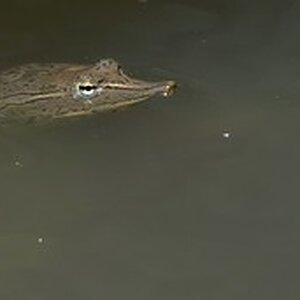
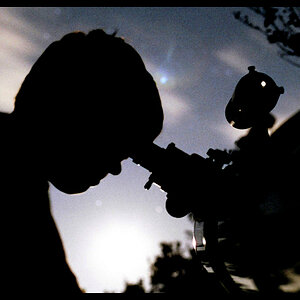
![[No title]](/data/xfmg/thumbnail/33/33360-ff0b69685c94740bde3f53b6d7aa9af1.jpg?1619735924)
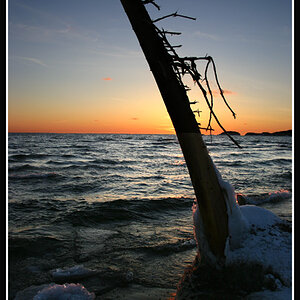
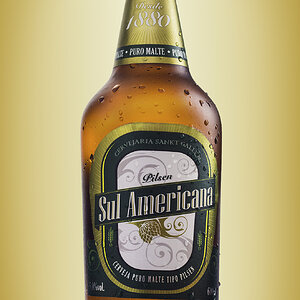
![[No title]](/data/xfmg/thumbnail/31/31746-12607d714ca2713b95250821c881aea9.jpg?1619734987)
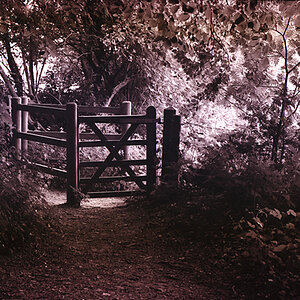
![[No title]](/data/xfmg/thumbnail/39/39479-b21bb968588fb225cd453013c6512c9a.jpg?1619739047)

